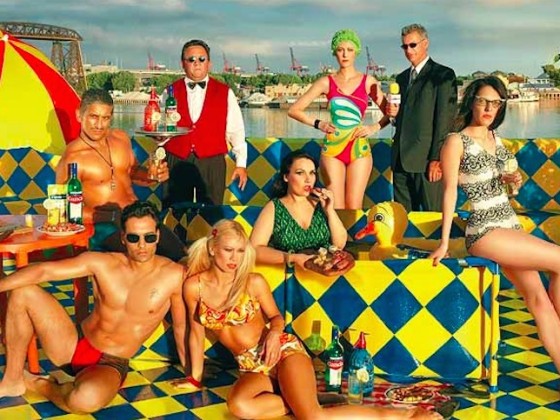1. Alejandro Chaskielberg
Chaskielbergis a 38-year-old porteño whose work in developing countries has made it to some of the world’s greatest galleries. His documentation of the world he sees stands somewhere between fiction and reality due to the dramatic use of color, contrast and lighting which alter and enhance the scenes he photographs. Over the years, he has accumulated awards such as All Roads Award from the National Geographic Society of America., the Leopold Godowsky Jr. Award from Boston University, the POYI Award for the best Latin American Portrait, the list goes on. One of his most notable works is a series of photos, taken over two years, of islanders in the Panama river delta which he took in the moonlight. Demanding a hell of a lot of patience and creativity, the project gained him the L’Iris D’Or at the Sony World Photography Awards in 2011. He has also worked with Oxfam in Kenya.
